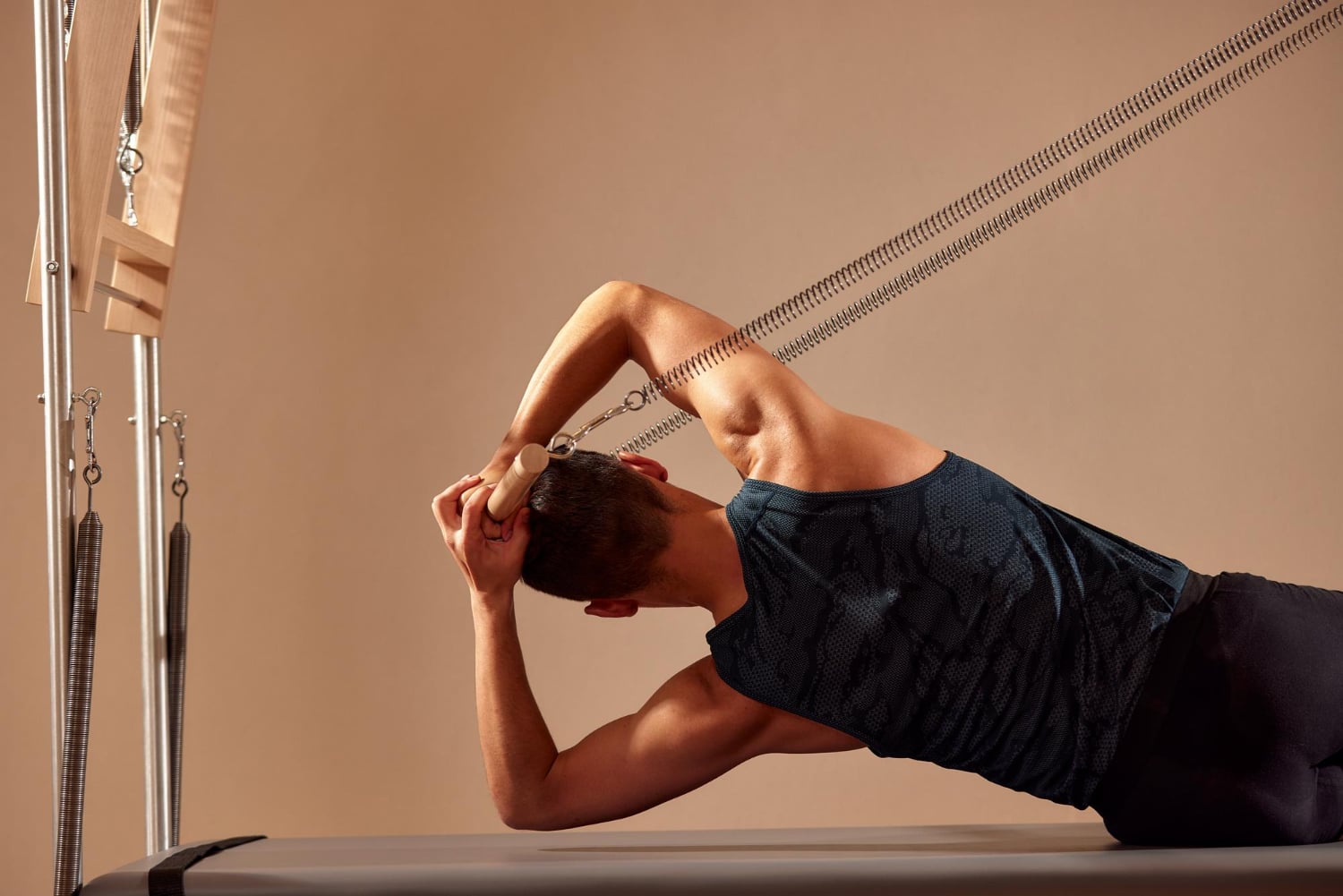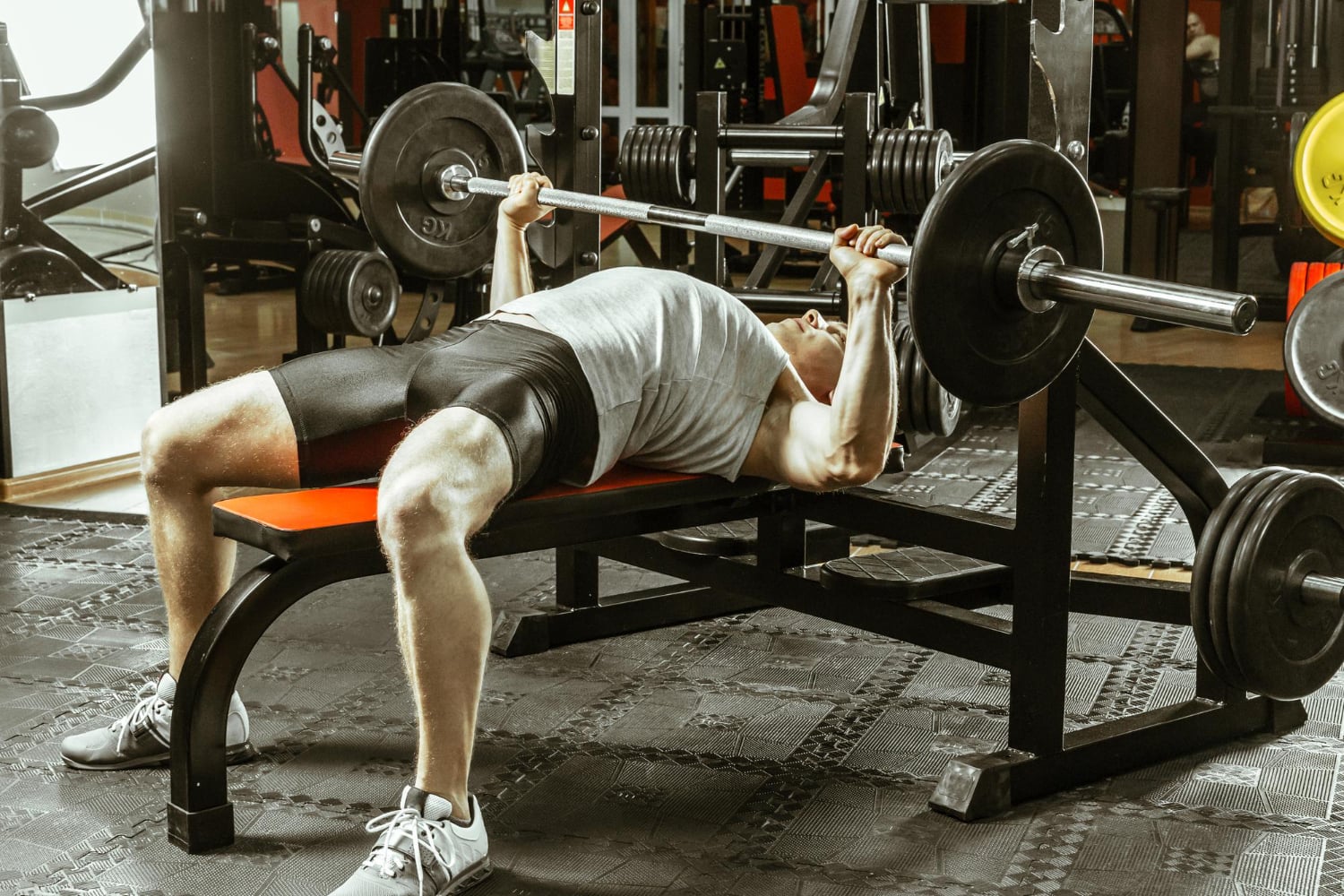Reverse Pyramid Training in Bodybuilding: A Dive into the Research Results


Reverse Pyramid Training (RPT) is a strength training method that stands apart from traditional set structures commonly seen in bodybuilding and general strength programs.
Instead of beginning with lighter weights and progressing to heavier loads, RPT flips the script.
Here, we delve into the research behind RPT and its efficacy for muscle growth and strength development.
The Basics of Reverse Pyramid Training

In RPT, the trainee starts with the heaviest set first after a proper warm-up.
For instance, instead of doing three sets of eight repetitions with weights increasing each set, an RPT approach might begin with the heaviest weight for five reps, followed by a lighter weight for seven reps, and then an even lighter weight for ten reps.
The rationale is simple: Lift the heaviest weights when your energy and neural capacity are at their peak, ensuring maximum effort and muscle fiber recruitment.
Research Results

Strength Gains: One of the primary goals of bodybuilding is to increase strength, as stronger muscles often equate to bigger muscles.
Research indicates that lifting heavier weights for fewer repetitions (as is the case in the first set of RPT) results in significant strength gains, especially when compared to lifting lighter weights for more repetitions.
Muscle Hypertrophy

While strength is one component, muscle growth or hypertrophy is the hallmark of bodybuilding.
Studies comparing volume-equated RPT protocols to traditional pyramids or straight sets have shown mixed results.
Some studies suggest comparable muscle growth between the methods, while others indicate a slight edge for RPT due to higher muscle fiber recruitment from the get-go.
Neural Fatigue

An interesting aspect of RPT is its relationship with neural fatigue.
By tackling the heaviest set first, RPT ensures that the central nervous system (CNS) is firing on all cylinders.
Some studies suggest that this approach can reduce the overall neural fatigue experienced in a workout, leading to better long-term adaptations and reduced risk of burnout.
Recovery

Post-exercise recovery is crucial for muscle growth and repair.
While research on the recovery implications of RPT is limited, anecdotal evidence suggests that starting with the heaviest sets might lead to less overall muscle damage, thereby aiding faster recovery.
This could be due to the reduced number of maximal effort sets when compared to traditional pyramid training.
Psychological Benefits

Although the primary focus of research has been on physiological outcomes, there are psychological implications worth noting.
Many individuals find motivation in tackling the most challenging part of their workout first, leading to increased adherence and enthusiasm in their training sessions.
Limitations

Like all training protocols, RPT is not without its limitations.
There's a potential risk of injury if the heaviest set is attempted without adequate warm-up.
Additionally, for those unaccustomed to starting with their heaviest lifts, there can be an initial learning curve and adjustment period.
Conclusion

Reverse Pyramid Training offers an alternative approach to traditional set structures, with research suggesting potential benefits in strength gains, muscle hypertrophy, reduced neural fatigue, and improved recovery.
However, it's essential for trainees to approach RPT with caution, ensuring proper warm-up and technique to maximize benefits and reduce injury risks.
Like any training methodology, its effectiveness will largely depend on individual responsiveness and adherence to the program.

